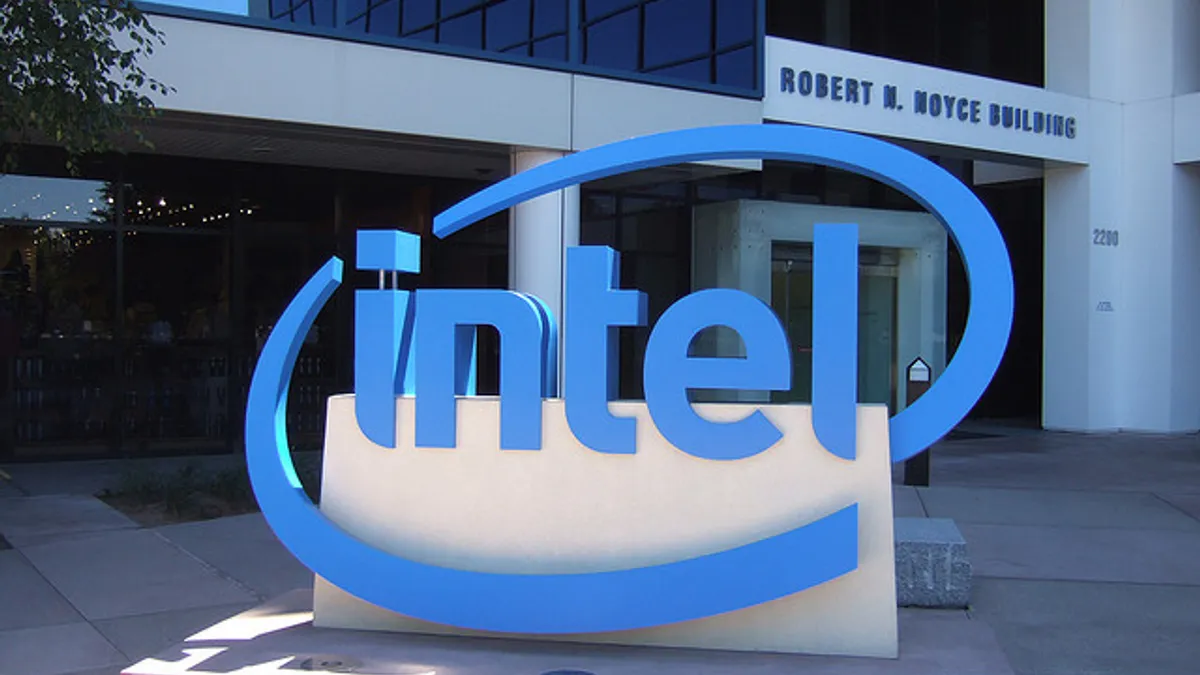Dive Brief:
- Intel Corp. has reached "full representation" with its diversity targets two years ahead of schedule, the company announced, according to Intel's 2018 Diversity and Inclusion Data Addendum.
- The tech company said its workforce now mirrors the current talent pool, which is 27% female, 9.2% Hispanic and slightly under 5% African American. Those percentages don't correlate with the overall U.S. population or the workforce at large, but Intel called meeting its internal goal a first step toward gaining broader diversity, according to The Wall Street Journal.
- Barbara Whye, Intel's chief diversity and inclusion officer, said the company has incorporated diversity and inclusion goals into its core business, the Journal reports. The goals include 45% of hiring must be "diverse hiring," the exit rate of "diverse" workers must be less than 0.5% of the majority staff, and 7% of all employee bonuses are tied to hiring and retention targets.
Dive Insight:
Intel said it bases "full representation" on talent availability, which is data extracted from various sources, including its own internal information, the U.S. Census Bureau and university graduation rates from the National Center for Education Statistics.
Intel's efforts are noteworthy but the bigger issue in tech is glaring.
Tech companies are struggling to diversify their workforce beyond white and Asian men, particularly in leadership roles, according to the report.
Last year, Microsoft reported the highest percentage of minorities, 31%, in leadership positions among legacy tech companies like Intel, HP and Dell. Intel only had 6.9% of its leadership filled by minorities.
But Intel's "full representation" announcement highlights that some talent pipelines are not structured to encourage the growth of minorities in tech thanks to a number of inequities, including access to skills education or pay equity issues.
Tech companies have to move away from a formulaic approach to hiring and intermittent plays for inclusion. Whye acknowledged that after Intel adopted diversity and inclusion initiatives, the rate of Hispanic and African-American workers leaving the company slowed down.
Whye found that "diverse" employees were being overlooked for promotions because they tended to go through the formal application process for internal positions, unlike other employees, who used informal networks to advance.
With the tech industry providing a few of the highest paying jobs, lapsed diversity and inclusion initiatives in tech companies are troubling. Maintaining diversity isn't a one-time, single-dimensional goal; it's a continuous process requiring an occasional audit and ongoing monitoring.














